History originally published in Sport Compact Car, October 1998
The Fiat Strada arrived in the United States with considerable fanfare and a lot of press coverage. And why not? Fiat had been in this country for a long time. It’s sports cars provided Italian entertainment for those not in Ferrari or even Alfa territory, even if its coupes and sedan had not had the popularity here as in Europe. The Strada promised to be different. It was going to be Fiat’s Big Push for market share in the burgeoning economy-car market. This would be the sedan that could make it here.
Known in Europe as the Fiat Ritmo–Italian for “rhythm–Fiat selected a name more euphonious to America ears. Even so, “Strada” was still Italian, and all the better, meant “road” in the mother tongue. The Strada was the replacement for the Fiat 128 which, with its transversely-mounted four-cylinder engine and front drive, greatly popularized if not invented that particular automotive genre. Appearing in 1979, the Strada improved on the 128 in every way. Longer and roomier and with a track four inches wider, the Strada drew a bead on the Volkswagen Golf, sold here then as the Rabbit, with a wheelbase two inches longer and a half a foot more from end to end for more interior space.
The Strada made do with a belt-driven single overhead cam four displacing 1498cc–we Americans got the big engine–actually the same powerplant used in the Fiat X1/9. It was rated at 69 hp at 5100 rpm, well below its 6300 rpm redline, and 77 lb-ft of torque, about par with its contemporaries. Surprisingly, however, despite its extremely oversquare bore and stroke and two-barrel Weber carburetor, the Strada displayed little of the joy for revving typical of Italian cars.
It came standard with a five-speed transmission, then not yet universal on less expensive cars, while a three-speed automatic from Volkswagen was optional (and best avoided).
Suspension was the expected MacPherson struts up front, while at the rear a strut-type setup with a horizontal leaf spring maximized rear seat room. Overall, however, little in the Strada’s numbers distinguished it from the rest of the econobox herd.
But there was Italian style. From the front, the Strada, even with its America five-mph bumpers, looked like nothing else, its big round headlamps punched through a horizontally ribbed grille. The original wheels–not shown here–were discs with four large circles, and the circle theme was repeated in the exterior door handles as well. The avant-garde styling continued inside as well, with a steering wheel with spokes at 5 and 7 o’clock and large round speedometer and tachometer dials in a rectangular binnacle.
Few drivers were neutral about the Strada. Though–particularly with the luxury package–drivers found the seats comfortable, the steering wheel had an Italian bus-like tilt and the pedals were too close to the driver. The shifter, to keep vibration to a minimum, was rubbery and imprecise as a result. And the improbably skinny Michelin XZX 145/70SR-13 tires did nothing to improve the cornering that the not quite stiff enough suspension didn’t provide.
Though 0-to60 mph took 12.5 seconds with the quarter-mile winding by in 19.1 seconds, the Strada was considered as peppy as most of its competition and capable on the highway, even if Interstate highway grades required a downshift out of the overdrive fifth gear.
Fiat had expected to sell about 30,000 Strada per year in the United States, but the actual number fell short of that. Touting computerized design, $250 million in development cost and an automated assembly line called Robogate (make your own jokes) apparently wasn’t enough to convince America car buyers that the Strada was any more reliable than the Fiats that had given the brand the nickname “Fix it again, Tony.” At more than $6,000 reasonably tarted up, the Strada was priced up there with the typical American intermediate, and for Mr. and Mrs. Average, the homegrown product was pound-for-pound the better choice.
If, as it was then thought, gas prices would continue to climb, the Strada might have been the car for the ’80s. But other small cars were better priced and didn’t have Fiat’s unfortunate reputation. Fiat needed Strada to succeed, and when it failed, it was withdrawn from the U.S. after 1982. Fiat gave up on the American market. The Strada’s name had proven prophetic. It was indeed “the road” for Fiat.





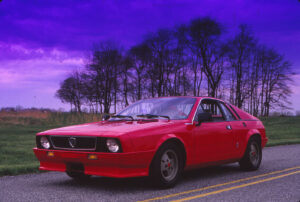
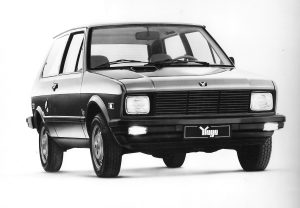
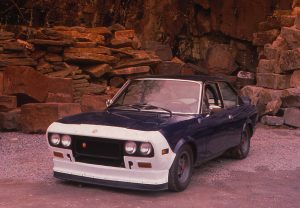
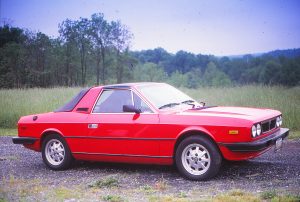

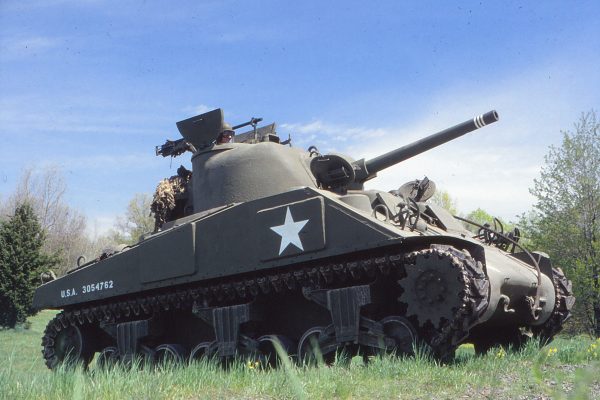

I don’t remember ever seeing one on the road, which is probably why Fiat left. History is repeating itself, though 500s seem a little more common. I guess Fiats were never going to be as numerous as Toyotas or Kias, but it would be nice if they were able to hang around, just for the variety on the highway.